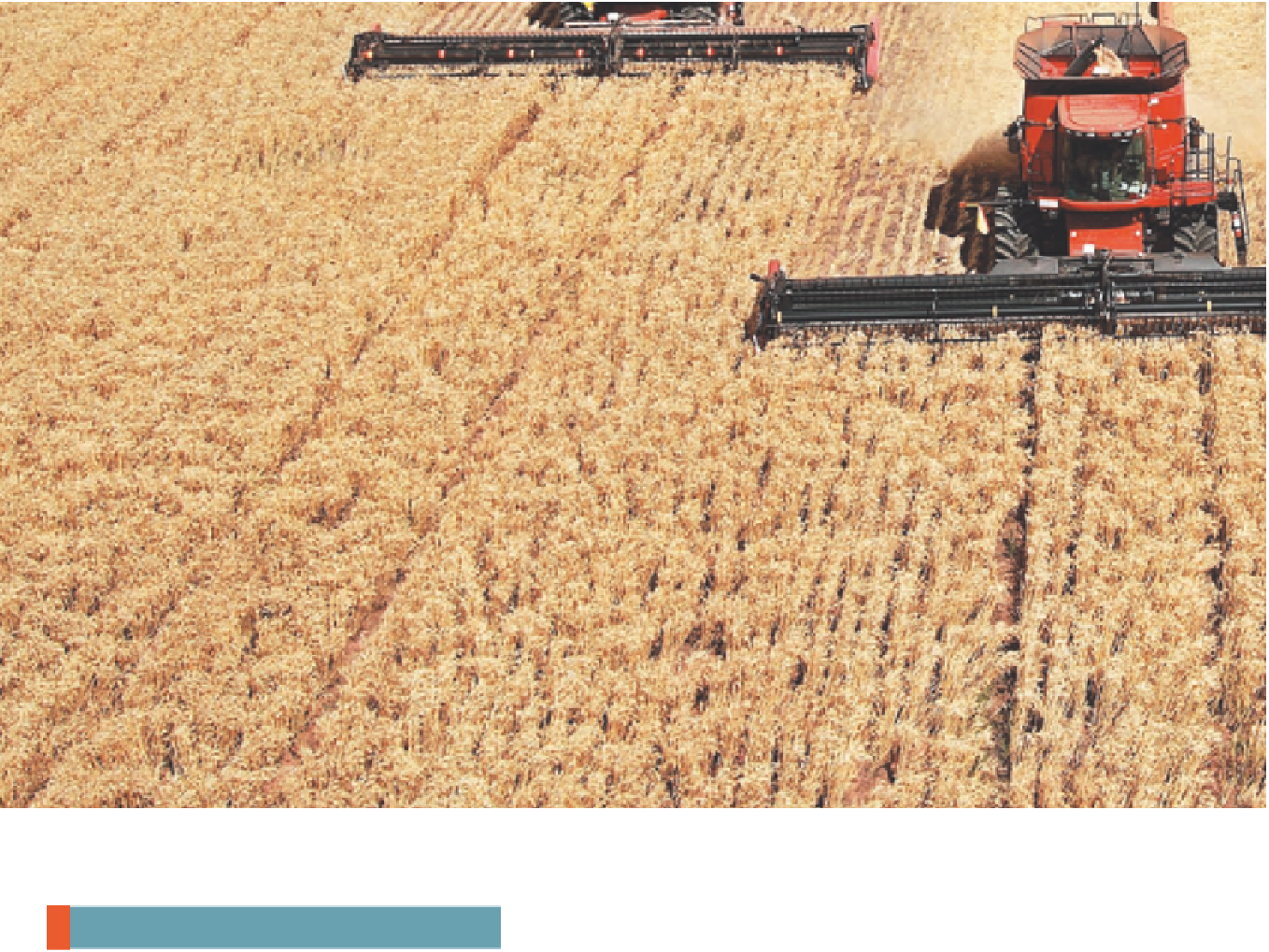Geoscience Reference
In-Depth Information
RELEVANCE OF
PHYSICAL GEOGRAPHY TO
ENVIRONMENTAL ISSUES
C H A P T E R T W E N T Y
This text has focused on the physical geography of Earth. The vast majority of topics dealt with the natural geo-
graphic patterns of the planet, such as seasonal variations in solar radiation, climate variability, distribution of
vegetation and soils, location of tectonic plates, behavior of streams, and the configuration of coastlines, to name
a few. In addition, an underlying theme has been human interactions with the physical environment. In Chapter 9,
for example, we investigated the apparent human impact on Earth's climate system. We also addressed some of
the ways that humans interact with streams, soils, eolian processes, and coastlines, and the ways that humans
harness energy from the sun, wind, and fossil fuels. This closing chapter will sharpen the focus on this theme of
human interactions by looking at some key issues that you will likely hear about in the future—issues that relate to
the natural environment and the way that humans interact with it. The purpose of this discussion is to demonstrate
how an understanding of physical geography is extremely relevant to many societal issues.


